18 Aug Profiles of Active Transportation among Children and Adolescents in the Global Matrix 3.0 Initiative: A 49-Country Comparison
Healthy Active Living and Obesity Research Group (HALO) PhD Candidate Silvia Gonzalez and colleagues just published a paper titled “Profiles of Active Transportation among Children and Adolescents in the Global Matrix 3.0 Initiative: A 49-Country Comparison” in the International Journal of Environmental Research and Public Health. Citation details and a summary of the paper are below.
Congratulations Silvia and coauthors!
González, S.A.; Aubert, S.; Barnes, J.D.; Larouche, R.; Tremblay, M.S. Profiles of Active Transportation among Children and Adolescents in the Global Matrix 3.0 Initiative: A 49-Country Comparison. Int. J. Environ. Res. Public Health 2020, 17, 5997.
Abstract
This article aims to compare the prevalence of active transportation among children and adolescents from 49 countries at different levels of development. The data was extracted from the Report Cards on Physical Activity for Children and Youth from the 49 countries that participated in the Global Matrix 3.0 initiative. Descriptive statistics and a latent profile analysis with active transportation, Human Development Index and Gini index as latent variables were conducted. The global average grade was a “C”, indicating that countries are succeeding with about half of children and youth (47–53%). There is wide variability in the prevalence and in the definition of active transportation globally. Three different profiles of countries were identified based on active transportation grades, Human Development Index (HDI) and income inequalities. The first profile grouped very high HDI countries with low prevalence of active transport and low inequalities. The second profile grouped low and middle HDI countries with high prevalence of active transportation and higher inequalities. And the third profile was characterized by the relatively high prevalence of active transportation and more variability in the socioeconomic variables. Promising policies from countries under each profile were identified. A unified definition of active transportation and contextualized methods for its assessment are needed to advance in surveillance and practice.
Click here to read the full paper for free.


